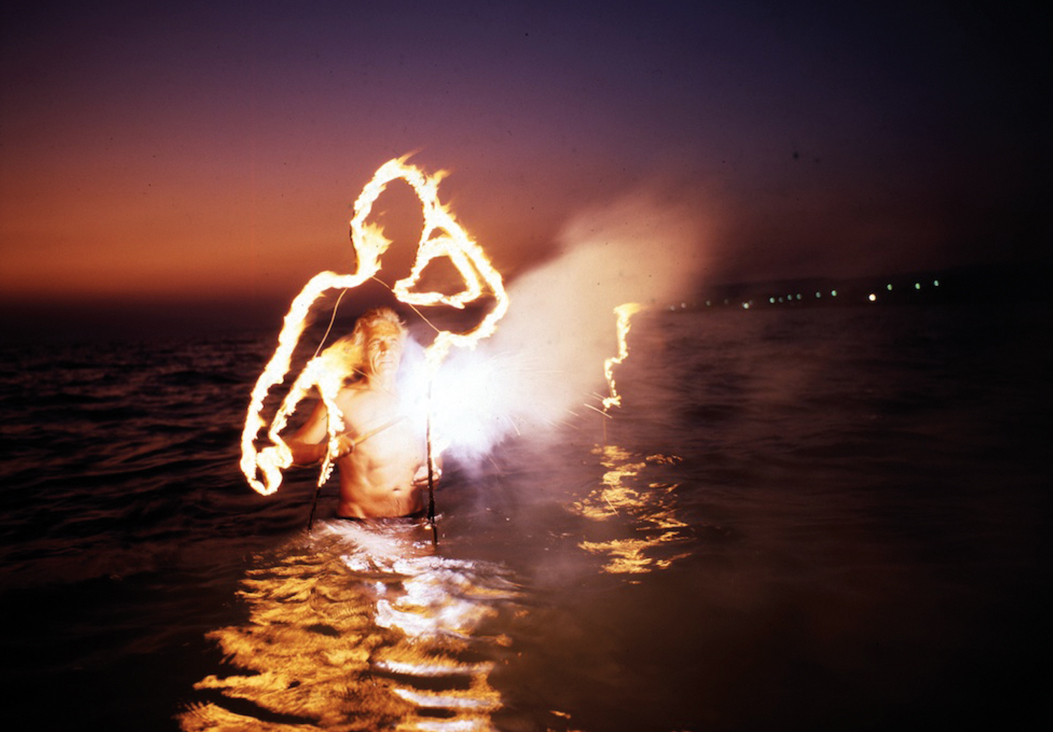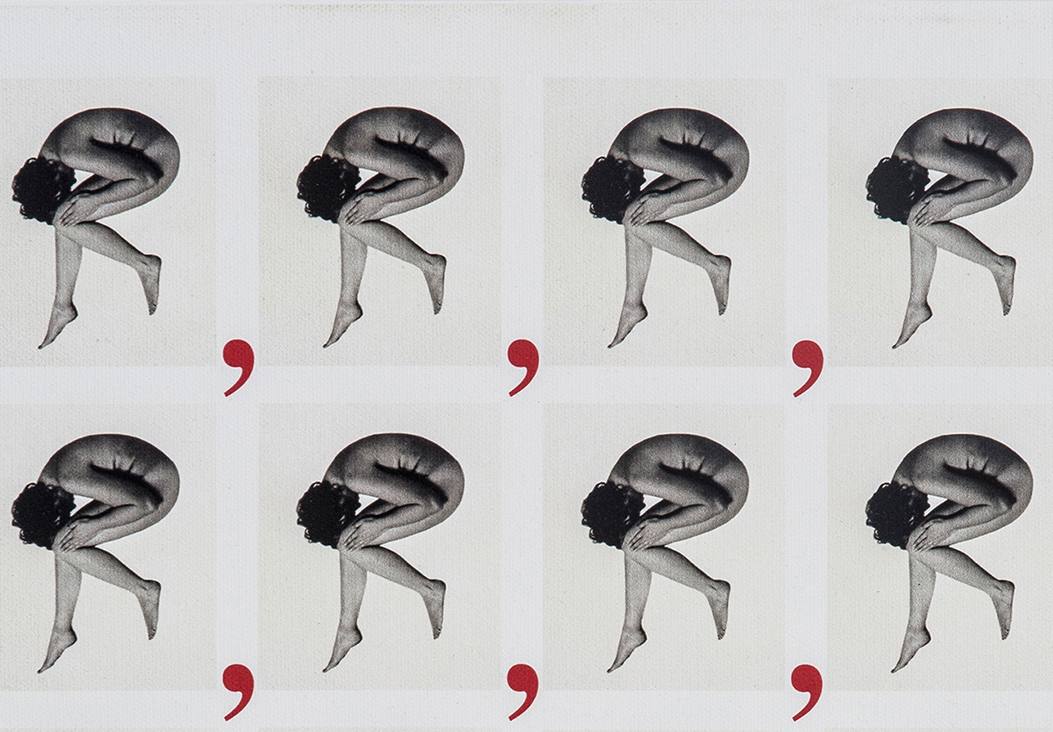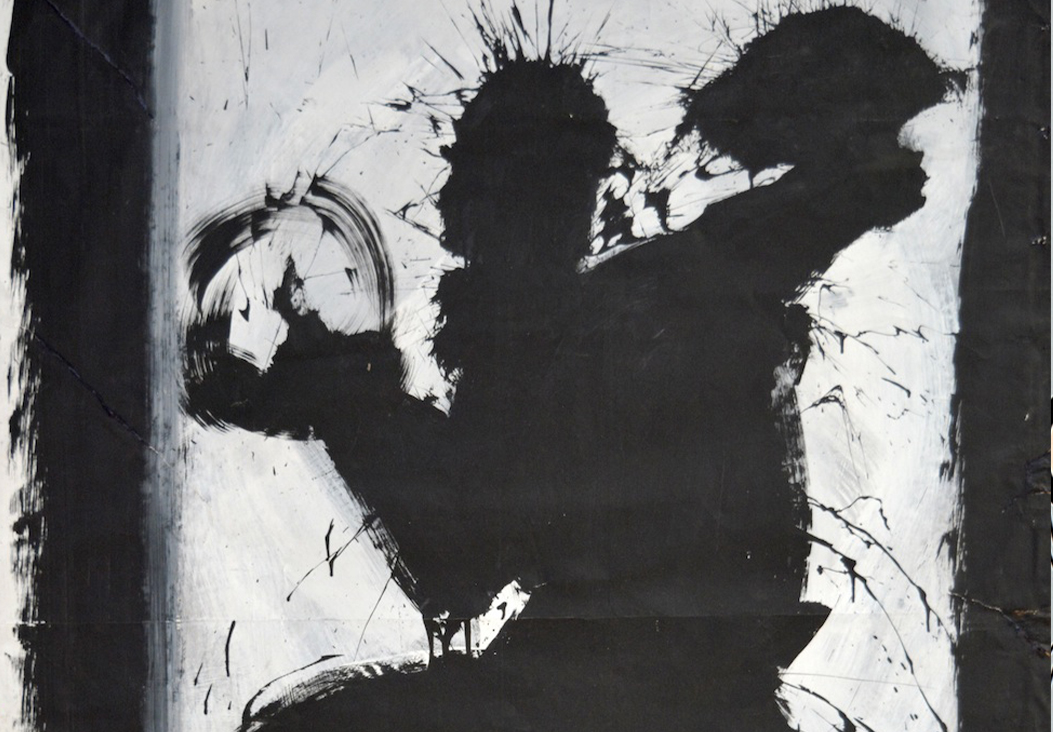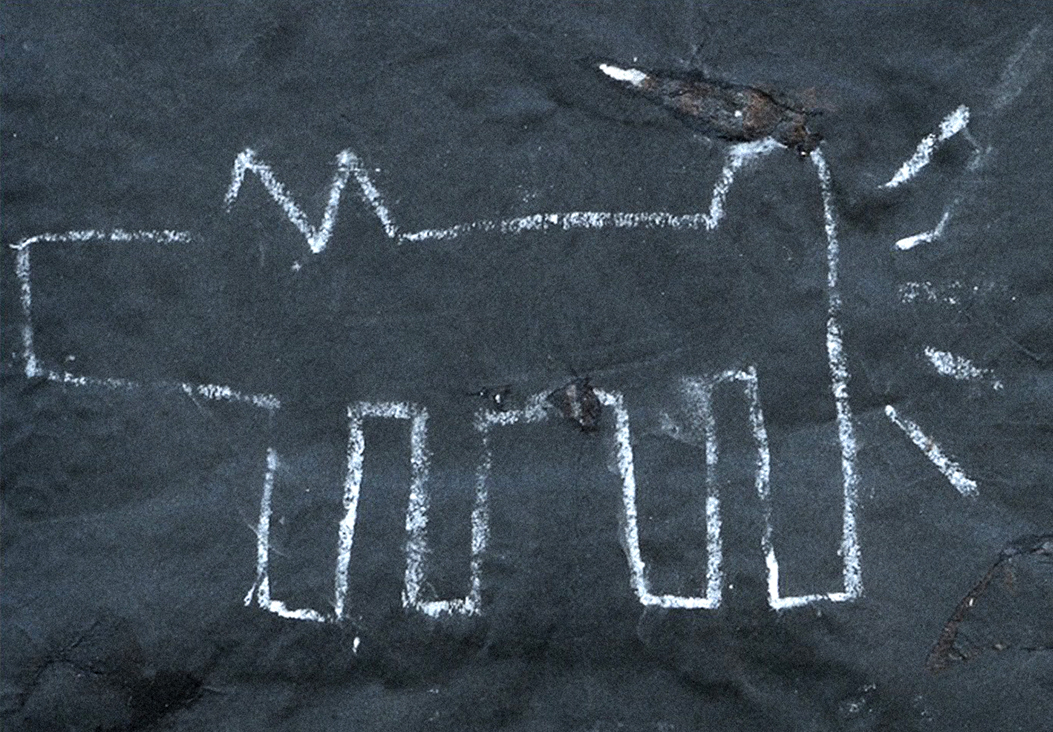Curated by Giuseppe Ottavianelli
Critical essay by Serena Silvestrini and Egidio Emiliano Bianco
Exhibited at Wunderkammern Rome for the first time, artworks by great masters who have marked contemporary art history, thanks to their will to think outside the box: Tomaso Binga (Salerno, Italy, 1931); Paolo Buggiani (Castelfiorentino, Italy, 1933); Keith Haring (Reading, USA, 1958-1990); Richard Hambleton (Vancouver, Canada, 1954-2017) and Ken Hiratsuka (Shimodate, Japan, 1959).
Art revolution: that is the motto Paolo Buggiani has appropriated by indelibly impressing it on his skin with a tattoo. For the Tuscan artist, revolution is a necessary act to change a static situation, an explosive gesture whose final aim is to bring progress. Rebellion, thought as a subversion of a static order, is the driving force for every artist featured in the show.
Artworks exhibited in Long live the revolution are connected with each other by a scheme which repeats with different procedures: they are thought to surprise viewers, to astonish them by catching their attention, leading them to a reflection and, in a desirable way, to a felt and deep awareness of the necessity of change. This is present in Buggiani’s New York performances, such as the ones where the artist dressed up as Icarus and roller skated through cars in the traffic causing amazement (and sometimes anger) amongst drivers. Or in Binga’s works, which aimed to dismantle the hateful aspects of patriarchy, firmly rooted in Italian culture (and not only) by using her body as connecting tool between declaimed words and involved spectators.
A similar need for change could be found in interventions full of sociopolitical messages made by Keith Haring on advertising posters in New York’s subway. In the same metropolis, Urban Shadows by Hambleton surprised passers-by in unexpected street corners. The sensation of “necessary revolution” can be felt also in Hiratsuka’s apparently endless lines, which seem to enclose the entire humanity with no distinction of sex, ethnicity or religion, bringing together human beings in a unique, universal form of communication. Historical artworks are exhibited together with recent works.
Ph. by Alessio Paniccia
INSTITUTIONAL PATRONAGE
Municipio Roma V
CULTURAL PARTNERS
IED – Istituto Europeo di Design





